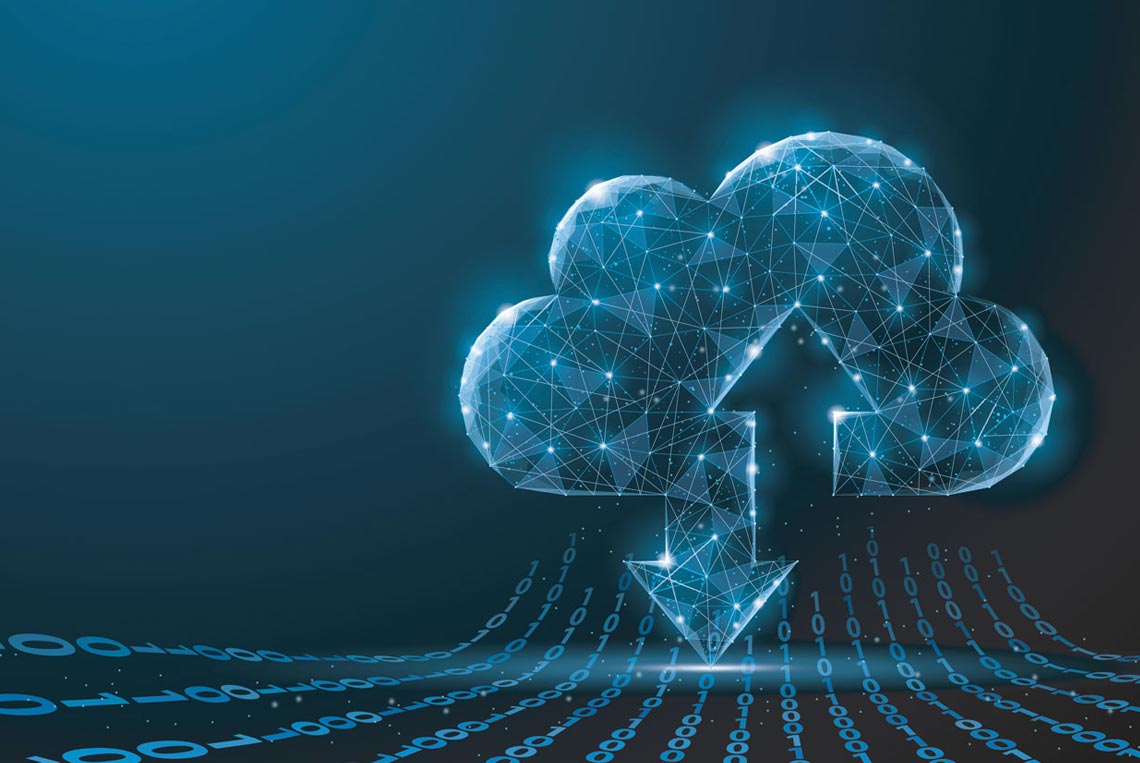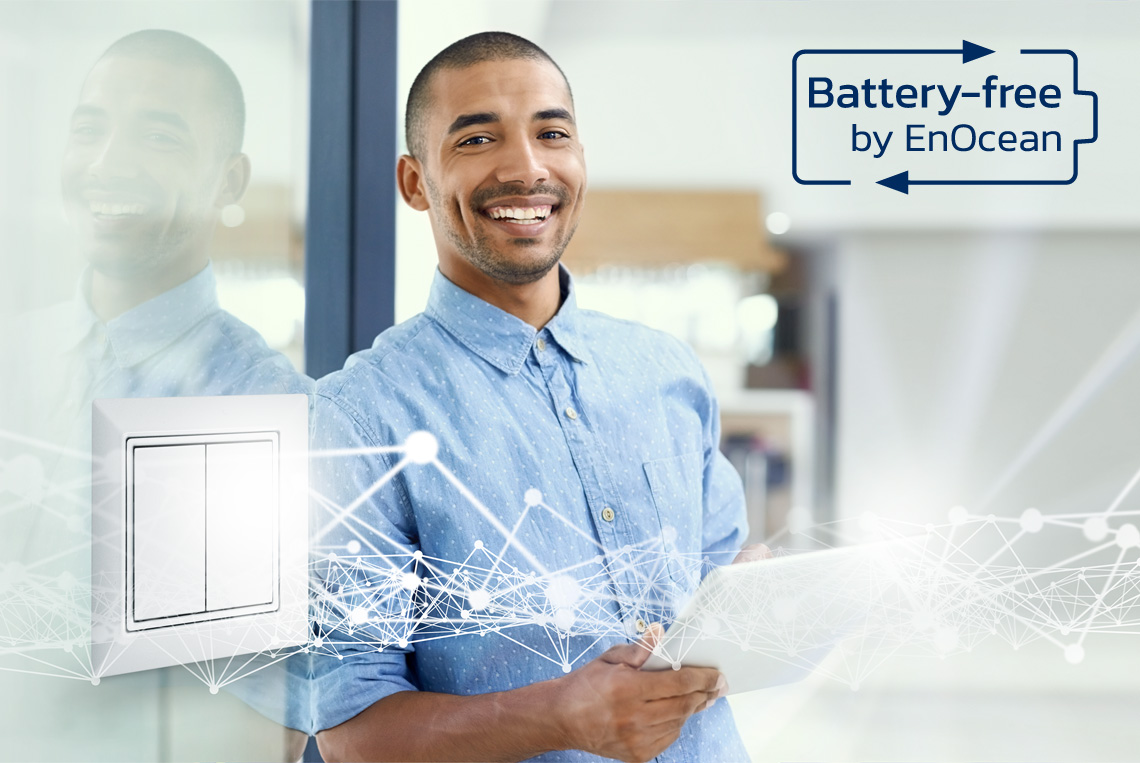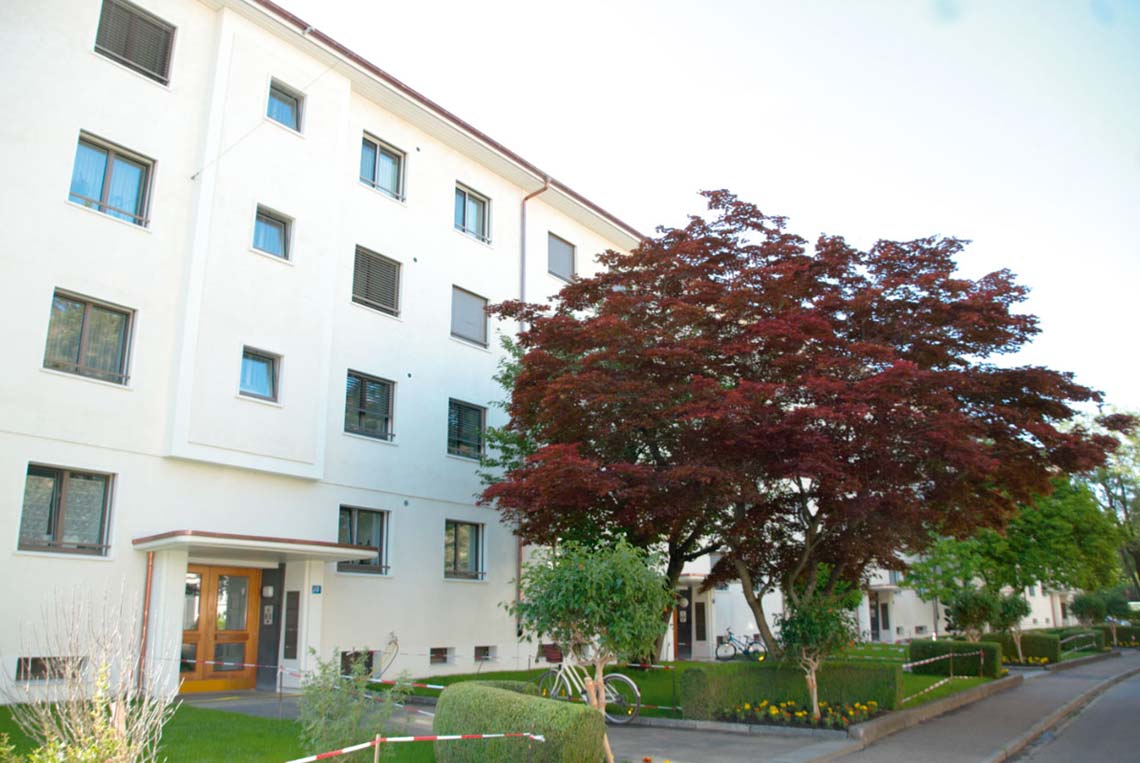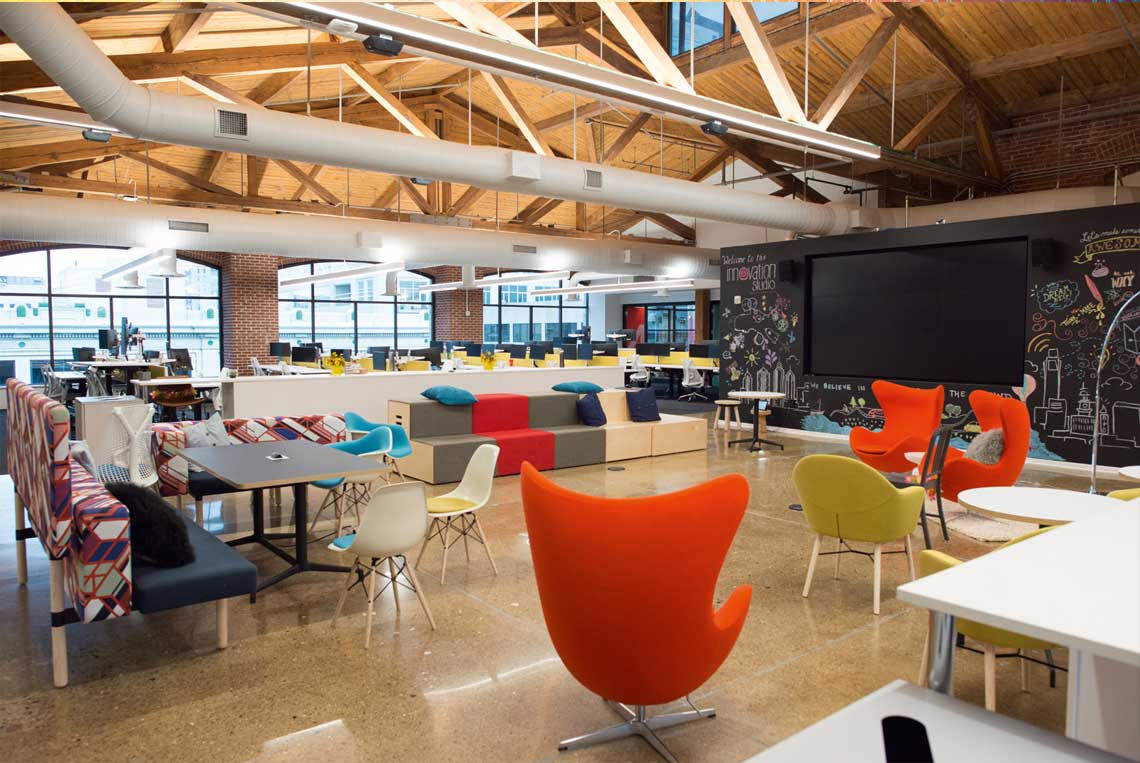Technical Power for the EnOcean Standard
Issue 02-2018:
read all articles online
read as pdf
Since its foundation ten years ago, the EnOcean Alliance with its Technical Working Group (TWG) has created a comprehensive portfolio of technical specifications to enhance and further improve the EnOcean standard and to support its members in the development of interoperable products. Additionally, the specifications provide standardized powerful tools for future-proof solutions in the field of cognitive buildings and the Internet of Things. Learn more about the technical specifications in this overview or visit www.enocean-alliance.org/what-is-enocean/specifications.
Communication Profiles – EEP
The EnOcean Equipment Profiles or EEP are a common device protocol that ensures that products from different manufacturers can seamlessly communicate with each other. The EEP is the Application layer, defined by the EnOcean Alliance, which adds to the Physical, Data Link and Networking layers of the EnOcean standard ISO/IEC 14543-3-10/11.
Communication Profiles – GP
Generic Profiles or GP are the advancement of EEP and describe generic rules of data communication based on the EnOcean standard independently from the application. GP define the grammatical rules for all options of data encoding for ultra-low power and energy harvesting radio communication. Due to this generic language, the same product can be mapped dynamically to different applications.
EnOcean over IP
EnOcean over IP provides the rules to generate the IP abstractions of profiles defined (EEP or GP). This enables the mapping of EnOcean communication to standardized IP technologies. It addresses manufacturers and users of IP gateways and provides a generic REST-API with JSON format of data.* Therefore, it enables seamless communication in the Internet of Things by connecting the EnOcean wireless standard with IoT platforms. The TWG is now working on the 2nd generation of the EnOcean over IP specification to further simplify this process.
Remote Management and Remote Commissioning
The specification defines the basic rules for remote access, configuration and a uniform procedure of parameterization of EnOcean-based devices over the EnOcean radio standard, including commissioning tools. This significantly optimizes and simplifies the control and configuration of building automation networks while ensuring the interoperability of EnOcean-based devices from different manufacturers. Currently, the TWG is working on the 2nd generation, including remote commissioning via repeaters, security and bi-directional communication.
Product ID and Labels
The Product ID identifies an end device and its specific characteristics. This unique reference enables the user to clearly identify a specific device in a network and gives access to an electronic data sheet that describes the full range of features. The Product ID can also applied by a commissioning tool to automatically provide all needed device information.
Device Description Files
This standardized electronic data sheet fully describes a device’s capabilities and its remote commissioning features. This includes the supported EnOcean Equipment Profiles (EEP) or Generic Profiles (GP) as well as specific functionalities, operational modes and the requirements of parameterization.
Security
This specification describes the security concept of energy harvesting wireless devices using the EnOcean standard. It includes basic security features such as unique 32-bit identification number (ID) as well as enhanced state-of-the-art encryption such as a maximum 24-bit rolling code (RC) and AES 128 encryption algorithm. Thus, communication within EnOcean networks is protected against replay attacks, forging of messages and eaves-dropping attacks.
Smart Acknowledge
The concept of Smart Acknowledge enables a bi-directional communication with energy harvesting sensors and actuators. This enables a sensor to send and receive data as well as enter into dialogue with the control system. For instance, an energy harvesting actuator can receive commands / settings and confirm its reception.
*REST (Representational State Transfer) JSON (Java 132 Script Object Notation) API (Application Programming Interface)
New articles in EnOcean Insights
Top articles





